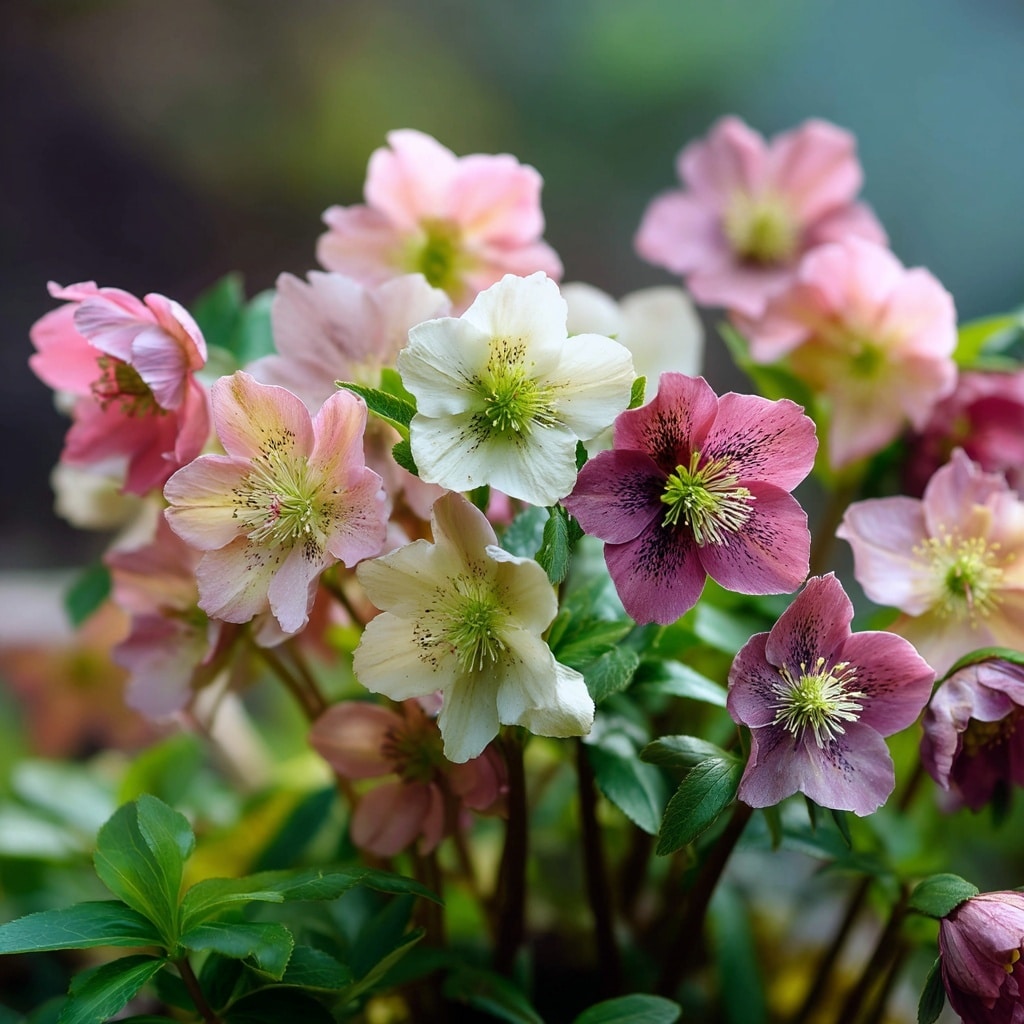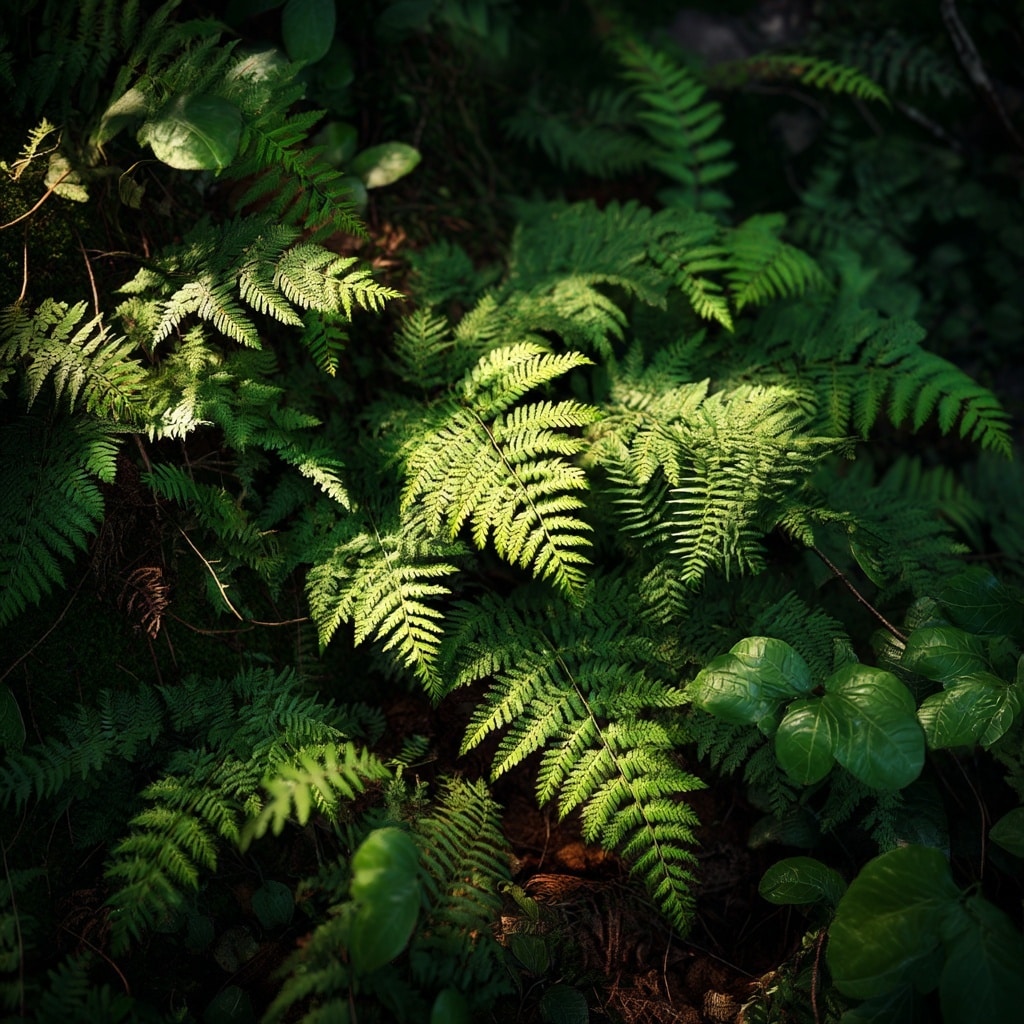Shade plants can transform dim, overlooked corners of your garden into lush, vibrant spaces. Whether it’s beneath tree canopies, alongside a shaded wall, or in a cool nook by the patio, choosing the right plants for low light makes all the difference. In shady areas, plants grow slower, soil stays cooler and moister, and you’ll want to lean into foliage — texture, color and form become the stars rather than big bright blooms.
In this guide, you’ll find ten top shade plants selected for their adaptability and impact in low-light conditions, along with simple tips to help them thrive.
Table of Contents
1. Hostas (Plantain Lilies)
Hostas are among the most popular shade plants thanks to their striking foliage and easy-care nature. Their broad, lush leaves come in endless shades of green, blue, and gold — some even have creamy variegation that brightens dark corners.
They prefer partial to full shade and consistently moist, well-drained soil. During summer, tall stems carry delicate lavender or white flowers that attract pollinators.
Quick Tip: Add a mulch layer to retain soil moisture and protect roots from summer heat.
2. Ferns
Few shade plants rival ferns when it comes to adding soft, natural texture. Their feathery fronds unfurl gracefully, giving shady garden beds a timeless woodland charm.
Varieties like the Japanese painted fern, lady fern, or ostrich fern all thrive in moist, humus-rich soil. Once established, they’re low-maintenance and excellent for filling gaps under trees or along shaded pathways.
Quick Tip: Mix several fern varieties together to create contrasting colors and frond patterns for a lush, layered look.
3. Astilbe
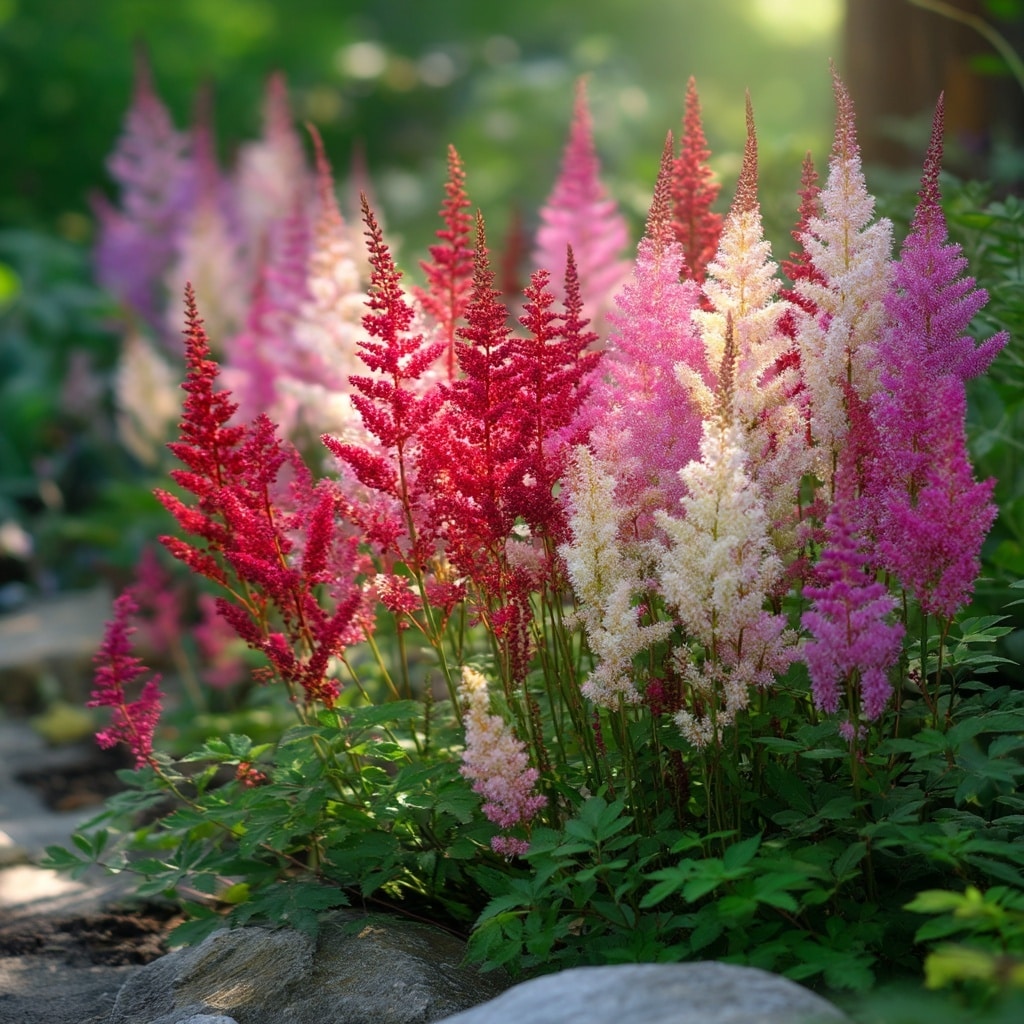
Astilbes bring an elegant burst of color to shaded gardens with their feathery plumes of pink, red, white, or lavender flowers. These shade plants love consistently moist soil and perform best in partial shade where they can still catch a bit of morning sun.
Their fern-like foliage adds texture even after the blooms fade, making them a great companion for hostas and ferns.
Quick Tip: Keep soil evenly moist—drying out even once can stunt bloom production.
4. Heuchera (Coral Bells)
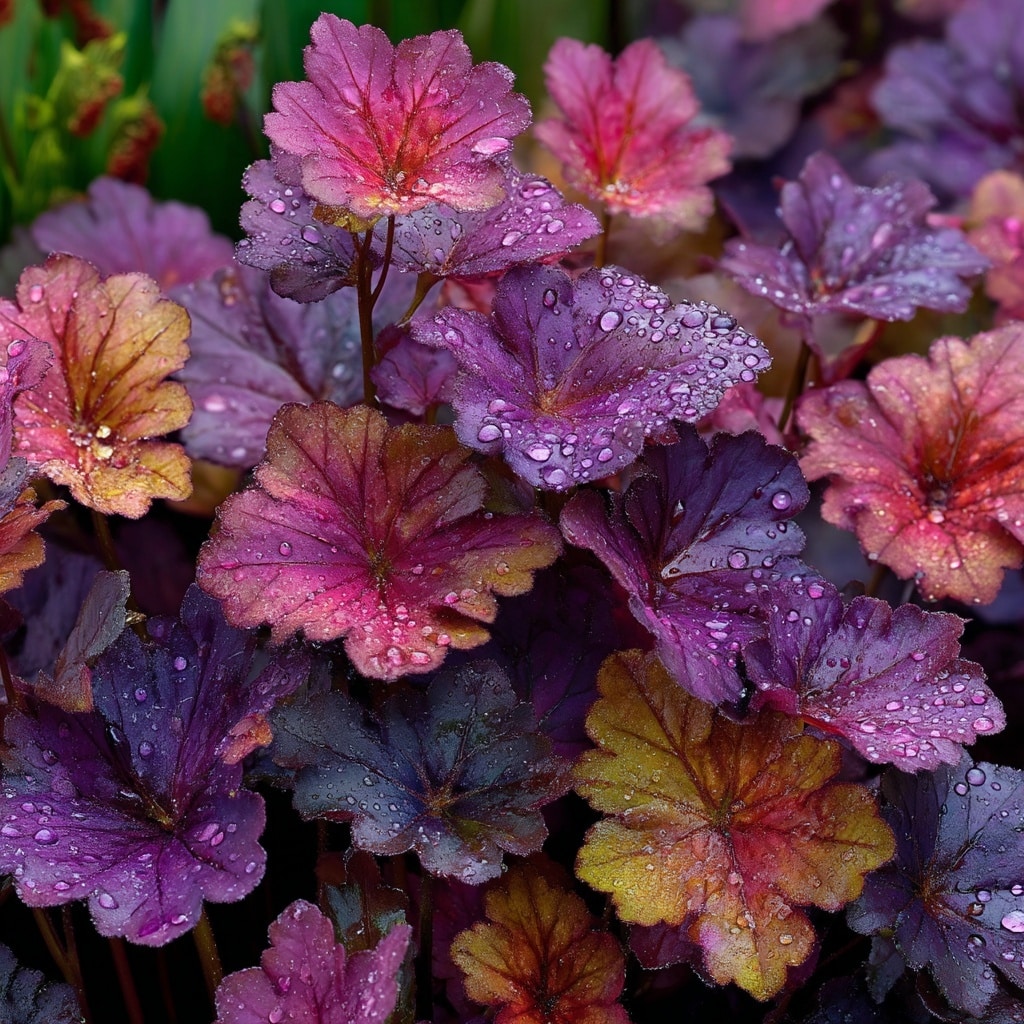
Heucheras are vibrant shade plants known for their stunning foliage in shades of bronze, purple, lime, and even silver. They add year-round color to shaded borders or containers.
Most varieties thrive in partial shade, but some tolerate deeper shade if the soil is rich and well-draining. In late spring, tall stems topped with tiny bell-shaped flowers rise above the colorful leaves, adding delicate movement.
Quick Tip: Divide clumps every 3–4 years to keep the plants vigorous and full.
5. Bleeding Heart (Dicentra spectabilis)
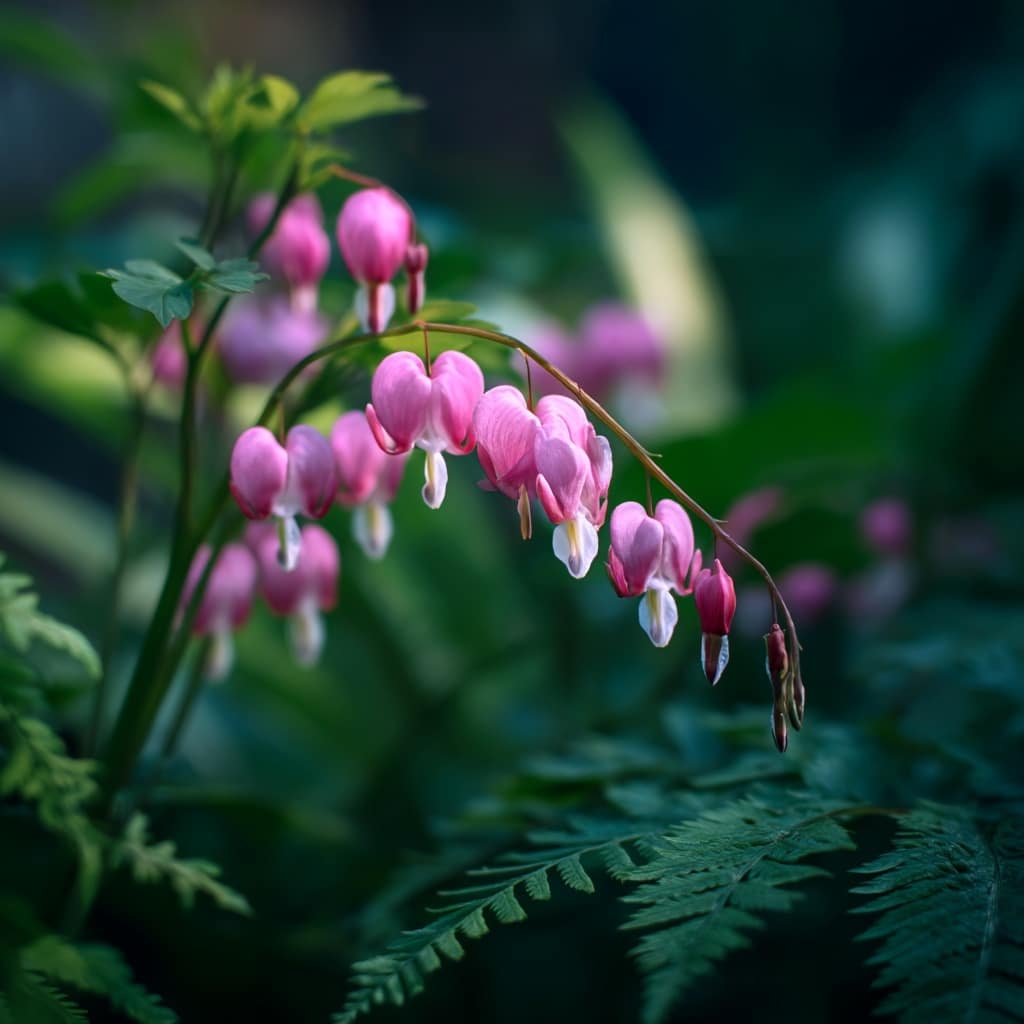
Bleeding hearts are classic shade plants prized for their romantic, heart-shaped pink or white blooms that dangle from graceful arching stems. They thrive in cool, shaded spots and prefer rich, moist soil.
Their lush, fern-like foliage provides excellent texture but tends to die back in mid-summer heat — so pair them with hostas or ferns that can fill the gap later in the season.
Quick Tip: Water consistently during dry spells and add compost each spring for strong growth.
6. Japanese Forest Grass (Hakonechloa macra)
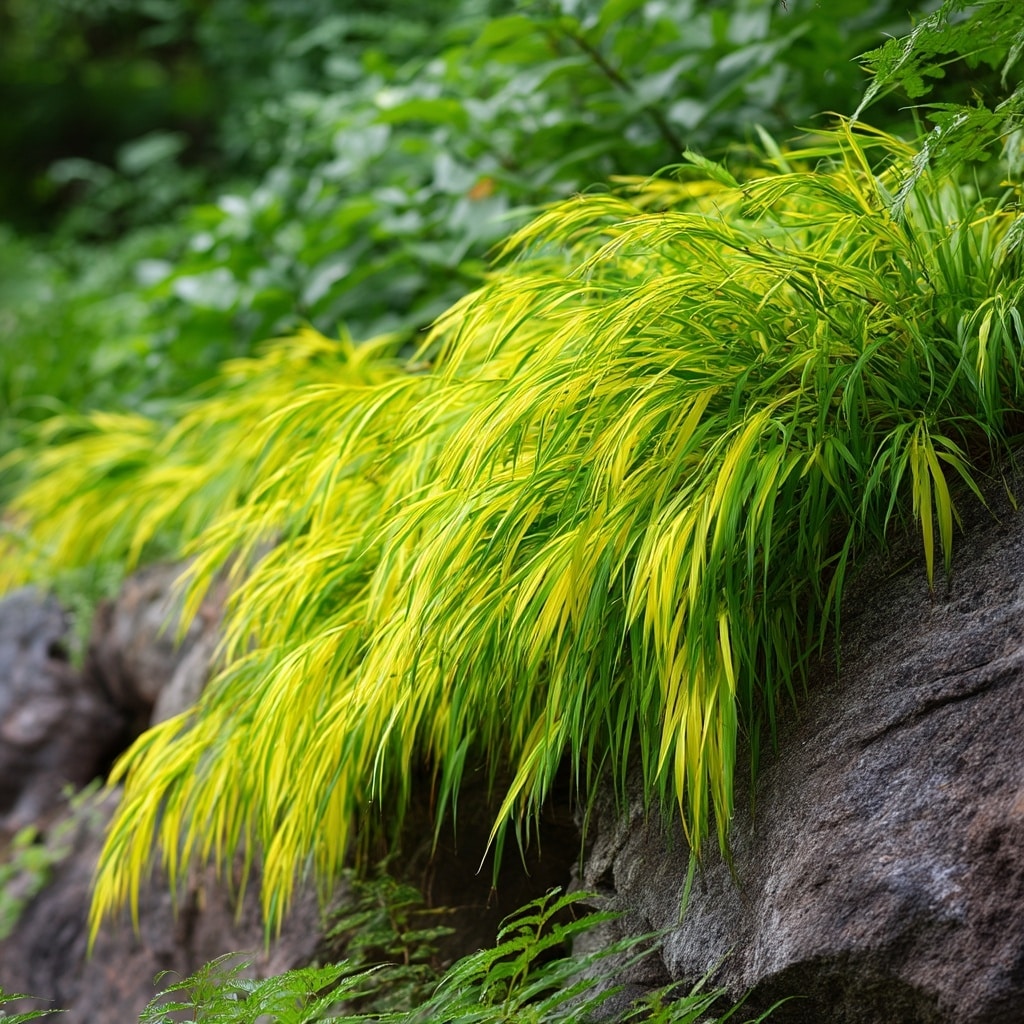
Japanese forest grass is one of the most graceful shade plants, adding flowing movement and bright color to darker areas. Its arching blades — in shades of gold, lime, or variegated green — create a waterfall effect that softens borders or pathways.
This ornamental grass prefers partial to full shade with moist, well-drained soil. It’s also deer-resistant, making it perfect for woodland gardens.
Quick Tip: Trim back old foliage in early spring to encourage fresh, vibrant growth.
7. Brunnera (Siberian Bugloss)
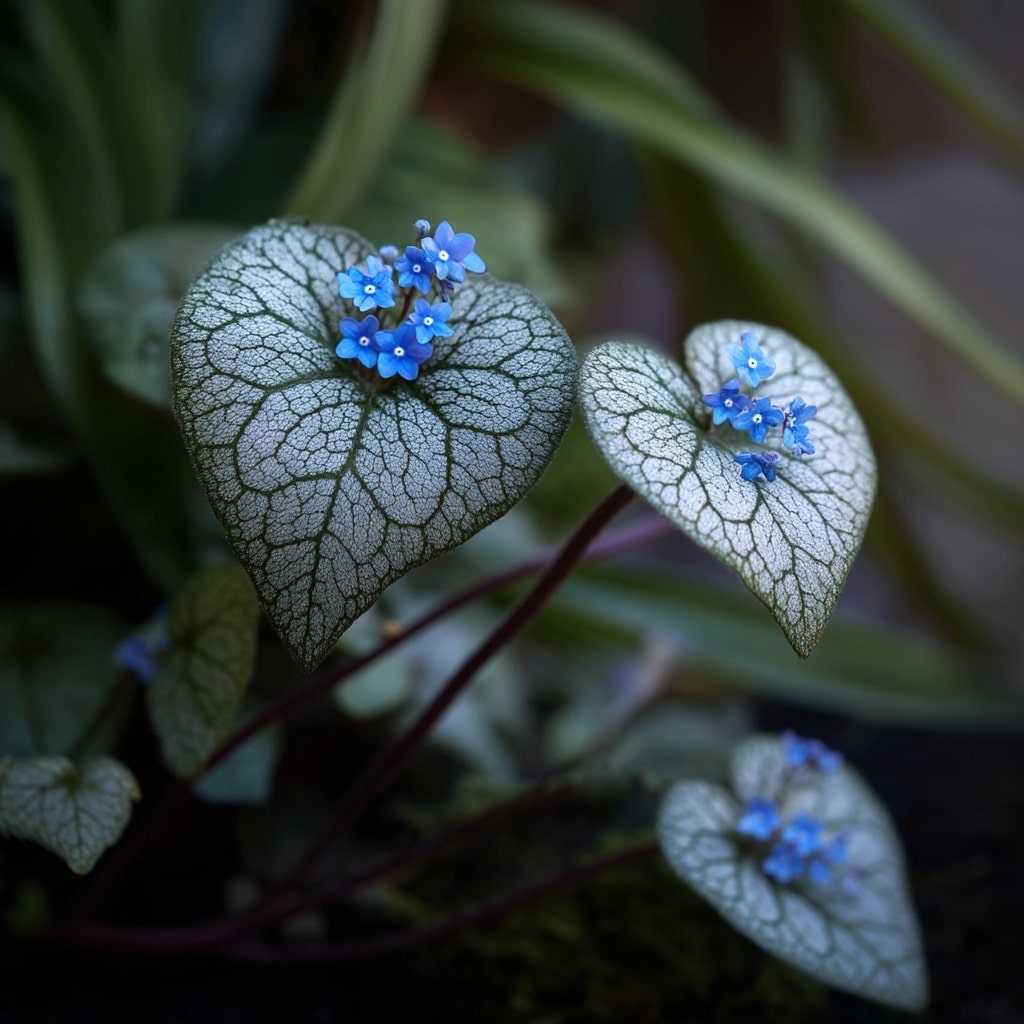
Brunnera is a charming shade plant admired for its heart-shaped leaves and clusters of tiny, sky-blue flowers that resemble forget-me-nots. It thrives in partial to full shade and consistently moist soil.
Varieties like ‘Jack Frost’ feature silver-patterned foliage that brightens dim corners, making them perfect for woodland-style borders or shaded containers.
Quick Tip: Avoid letting the soil dry out — consistent moisture keeps the leaves lush and prevents wilting.
8. Tiarella (Foamflower)
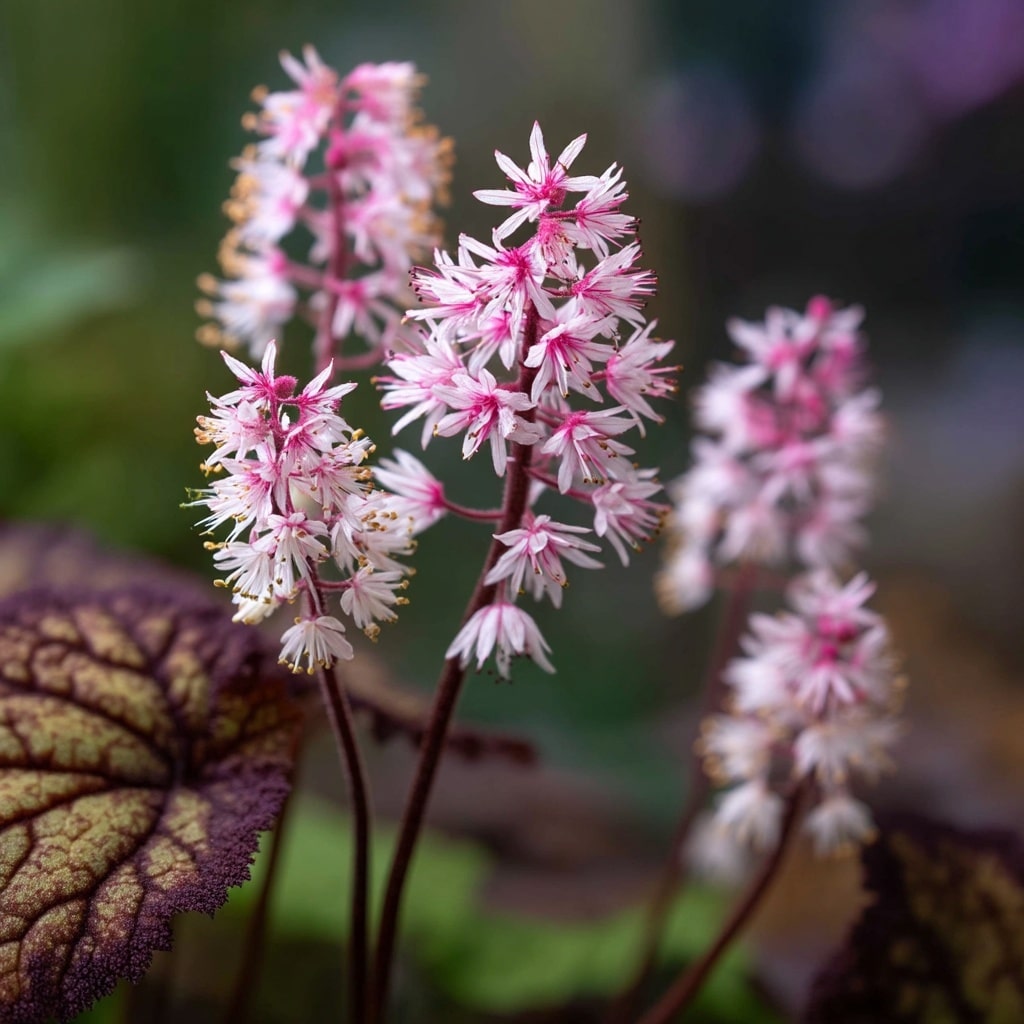
Tiarella, or foamflower, is a compact native shade plant with frothy spikes of starry white or pale pink blooms in spring. Its attractive, lobed leaves often feature dark markings that add visual interest throughout the season.
It pairs beautifully with hostas and heucheras, thriving in part to full shade and evenly moist soil. Tiarellas also make excellent groundcovers for shady slopes and under trees.
Quick Tip: For best results, use organic mulch to lock in soil moisture and suppress weeds.
9. Lungwort (Pulmonaria)
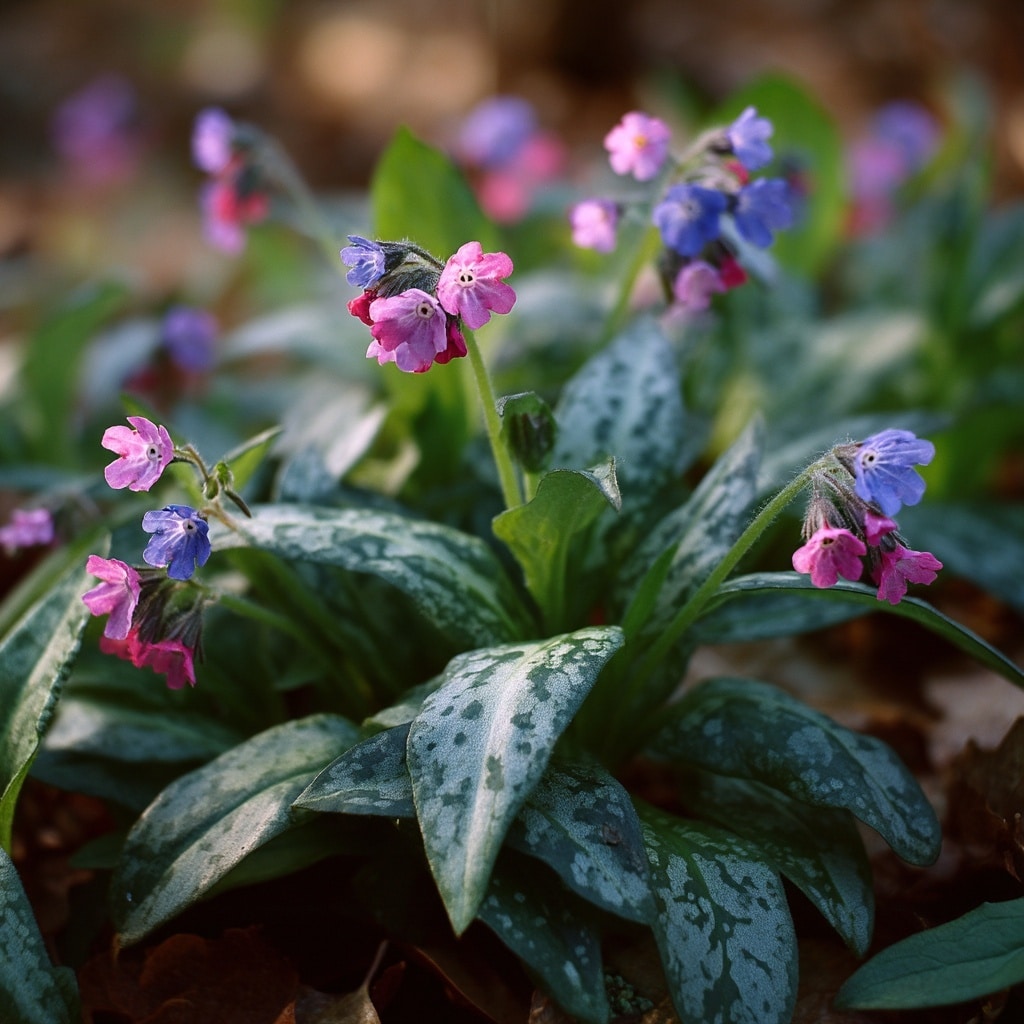
Lungwort is one of the most reliable shade plants, valued for its speckled, silvery foliage and early-spring blooms in shades of pink, blue, or purple. It’s a tough perennial that thrives in partial to full shade and prefers moist, well-draining soil.
As an early bloomer, lungwort adds color before most shade perennials wake up, making it a great companion for ferns, brunnera, and hostas.
Quick Tip: Cut back old foliage after flowering to encourage fresh, healthy leaves.
10. Hellebores (Lenten Roses)
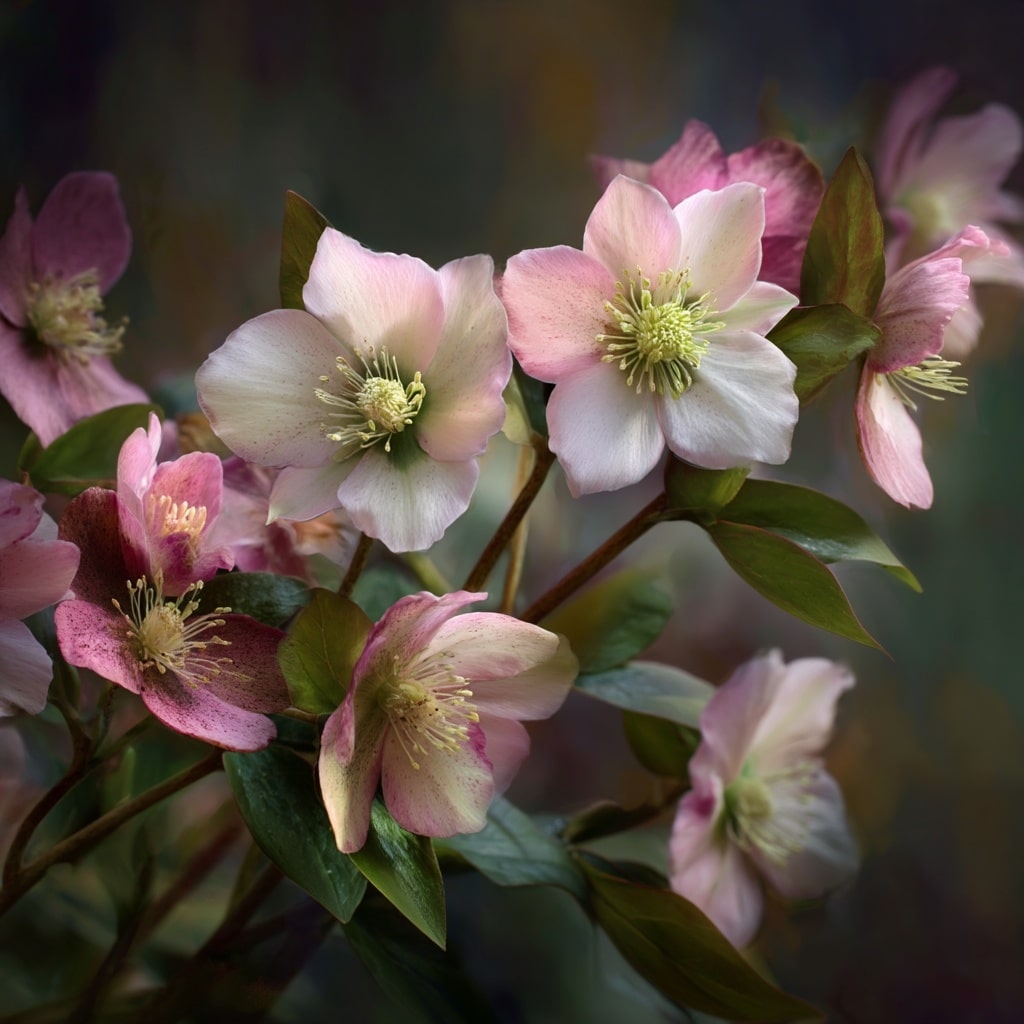
Hellebores are standout shade plants for late-winter and early-spring blooms. Their long-lasting, nodding flowers appear when little else is growing, in shades of white, pink, plum, or green.
They tolerate deep shade and poor soil once established, and their glossy, evergreen leaves offer year-round structure in shaded borders or under trees.
Quick Tip: Remove old leaves before new blooms emerge to highlight the flowers and prevent disease.
🌿 Conclusion
The best shade plants don’t just survive in low light — they thrive, adding layers of texture, color, and seasonal interest to your garden. From the lush leaves of hostas to the early blooms of hellebores, these ten varieties bring life to even the darkest corners. With the right mix of moisture, soil, and pairing, you can create a peaceful, thriving shade garden that feels cool and inviting year-round.

